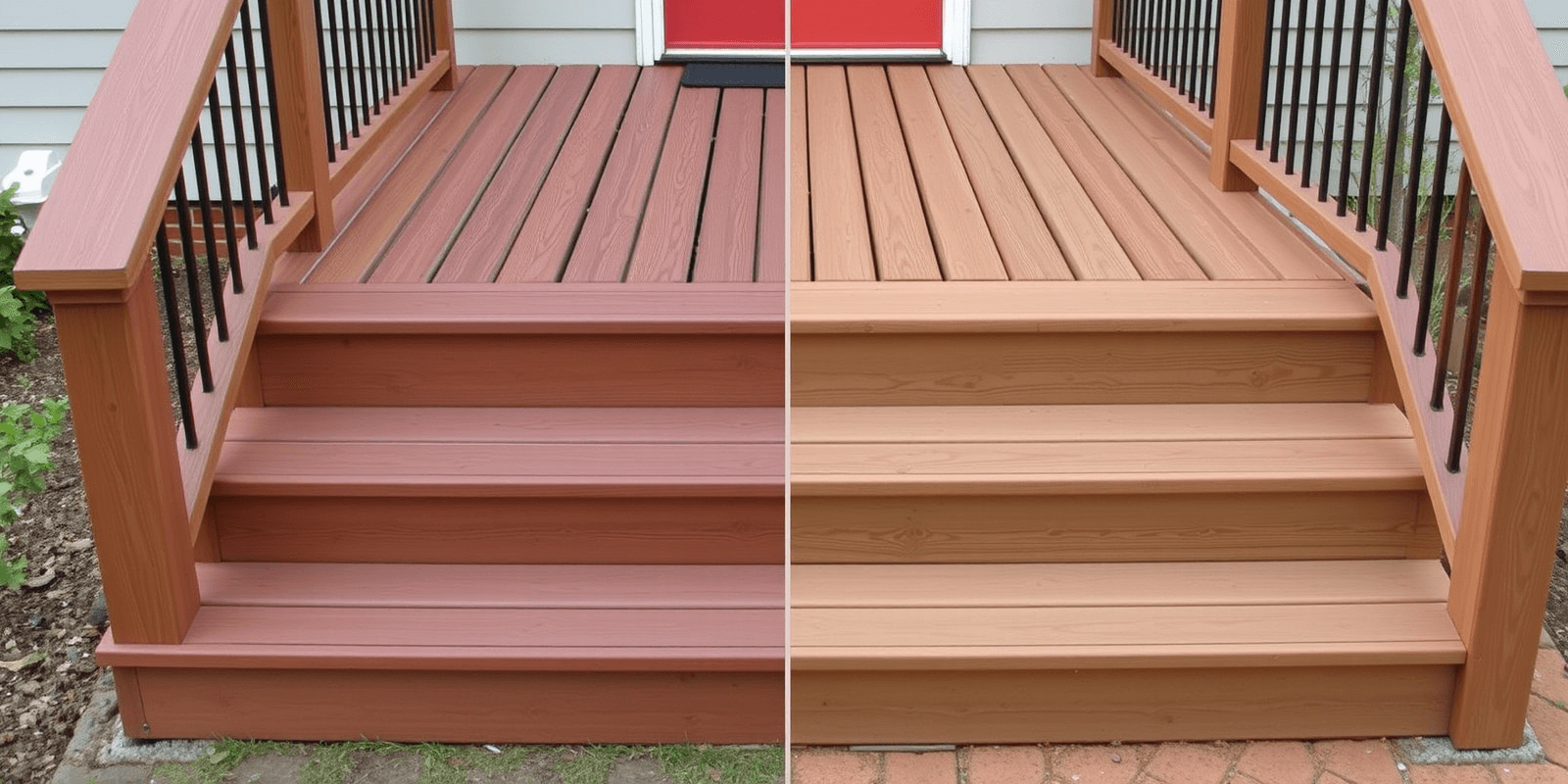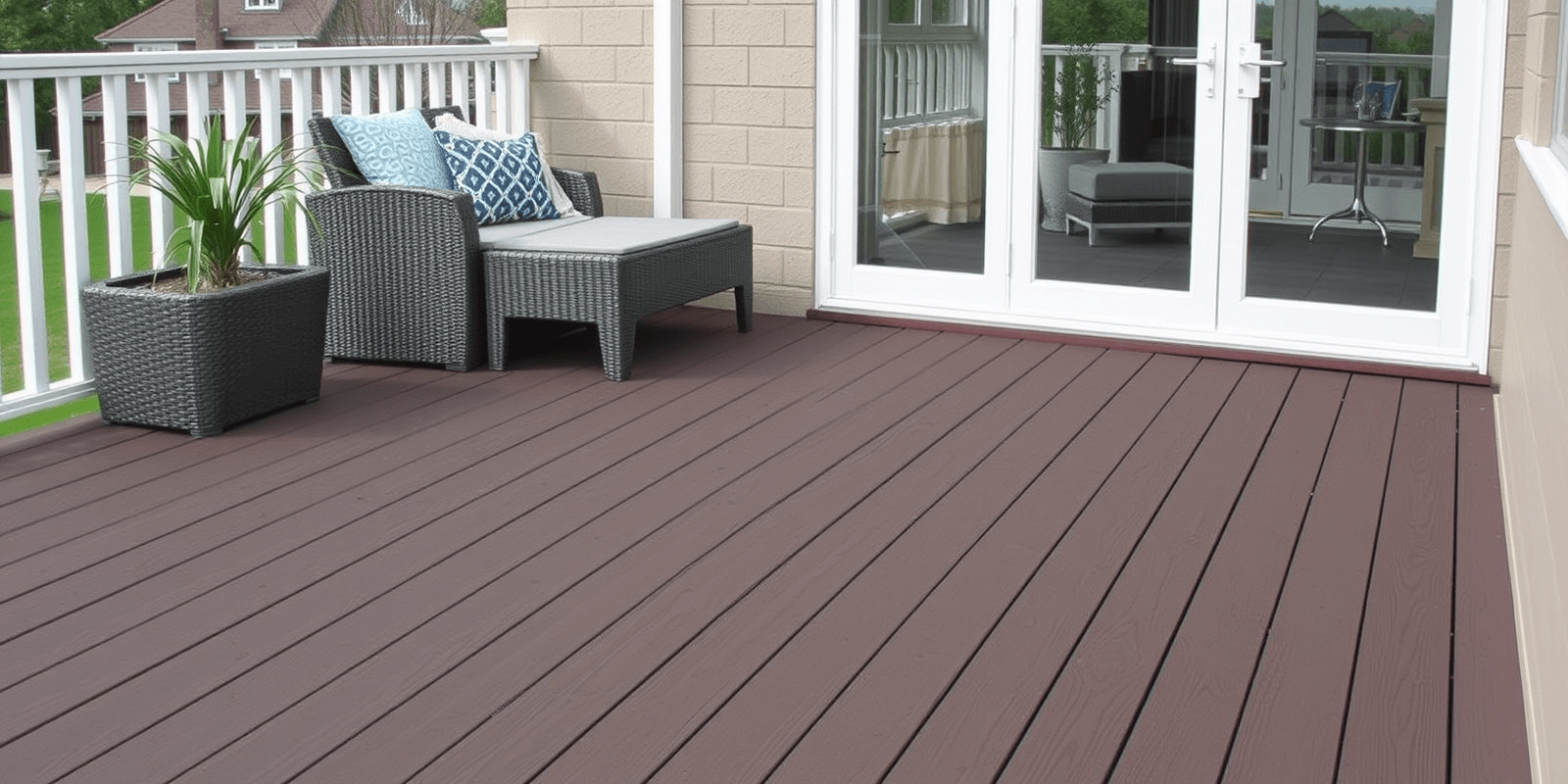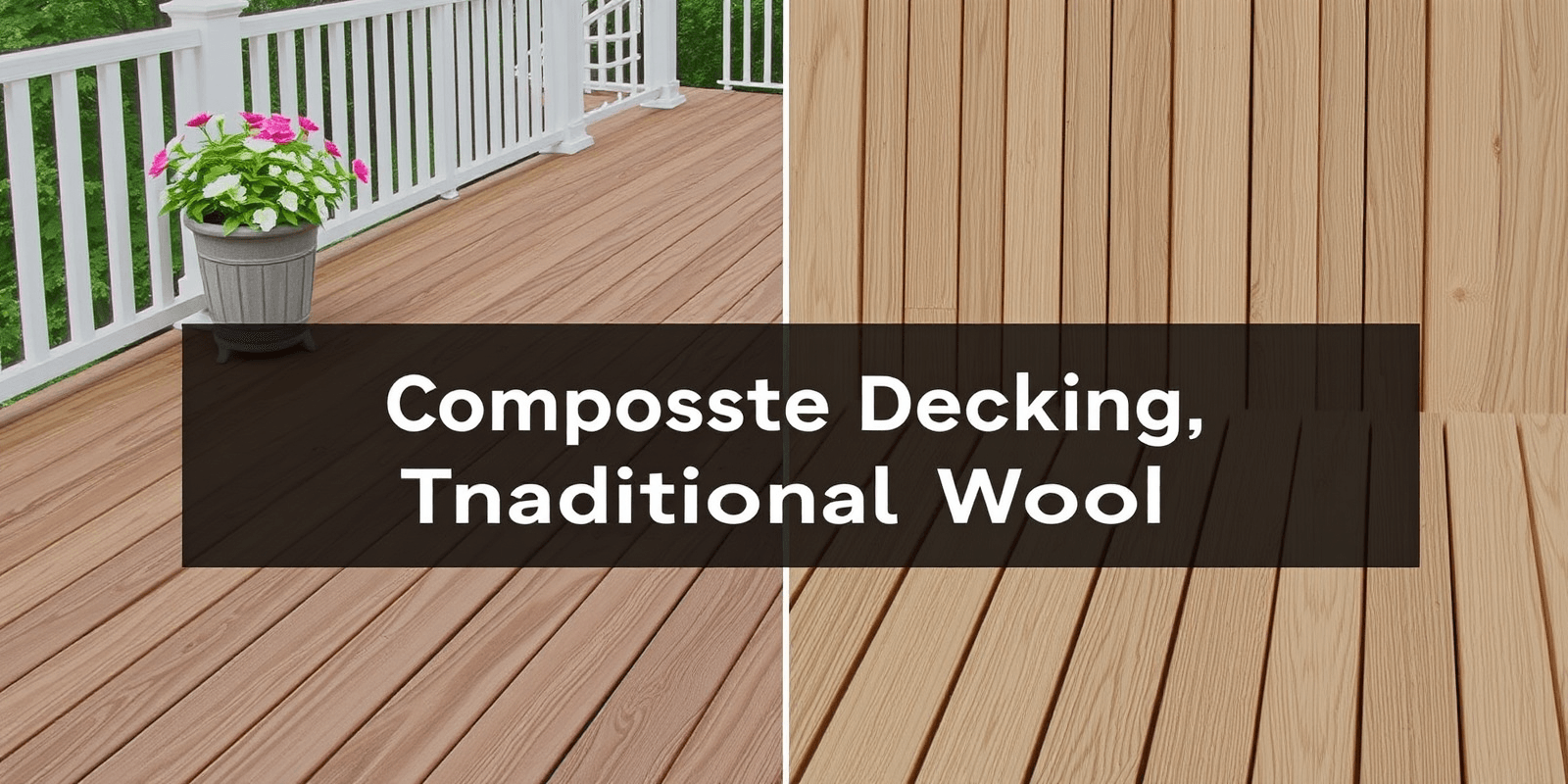“`html
Composite Decking vs. Wood: The Best Choice for Outdoor Steps
In the world of outdoor living spaces, choosing the right material for your steps is crucial. Both wood and composite decking materials offer unique advantages and disadvantages. This article will explore the benefits of composite decking, such as its resistance to moisture, insects, and rot, while also discussing the initial cost and long-term savings compared to wood. Additionally, we’ll delve into the environmental impact of both options and which might be more sustainable in the long run.
Introduction to Composite Decking Materials
Composite decking has gained popularity over the years due to its durability and low maintenance requirements. It’s made from a combination of wood fibers and recycled plastic, resulting in a material that resists moisture, insects, and rot. This makes it an excellent choice for outdoor steps where constant exposure to the elements can lead to wear and tear.
Wood for Outdoor Steps: Pros and Cons
Wood remains a classic choice for outdoor steps due to its natural beauty and warmth. However, it requires regular maintenance, including sealing and staining to protect against moisture and pests. Over time, wood can warp, crack, and rot, leading to higher long-term costs and potential safety hazards. For those who prefer the look of wood but want a lower-maintenance option, composite decking offers a compelling alternative.
Cost Analysis: Initial and Long-Term Savings
The initial cost of composite decking is generally higher than wood, but this doesn’t tell the whole story. Composite decking typically lasts longer and requires less maintenance, translating into significant savings over time. According to a study by the National Association of Home Builders, composite decking can last up to 30 years with minimal upkeep, whereas wood may need replacement or extensive repairs every 10-15 years.
Environmental Impact and Sustainability
When considering the environmental impact, both wood and composite decking have pros and cons. Wood is a renewable resource if sourced sustainably, but harvesting trees can contribute to deforestation. On the other hand, composite decking is made from recycled materials, reducing landfill waste. However, the production process for composite materials can be energy-intensive. A study published in the Journal of Cleaner Production found that composite decking has a lower carbon footprint when compared to treated wood over a 50-year lifespan.
Conclusion
Choosing between wood and composite decking for outdoor steps depends on your priorities. If you’re looking for a low-maintenance, durable option that requires minimal upkeep and lasts longer, composite decking is the way to go. It offers superior resistance to moisture, insects, and rot, making it a smart investment for your home. While the initial cost is higher, the long-term savings and sustainability benefits make composite decking a compelling choice.
References
National Association of Home Builders
“`



